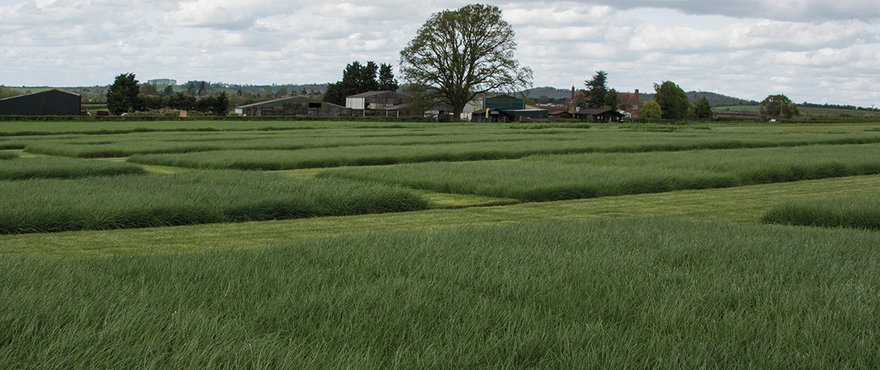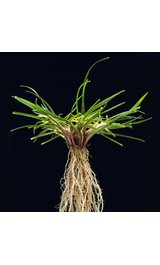Species: Lolium Perenne
Officially listed in: Scotland
Heading dates: Scotland REE 35
Ploidy: Diploid
Bred in: Northern Ireland
Most suited to: Any medium - long term grazing and/or cutting ley where high yields and early growth are essential
Produces excellent yields of silage with a very high first cut yield (111%) and equal highest yielding for total silage (109%). Strangford is also very high quality, with a first cut of 70.4D and 2nd cut of 74.5D. Strangford’s first cut is 2.9 above the control and higher than all the other varieties up to a week later heading than itself.
Under grazing management, Strangford is the highest yielding intermediate diploid on the recommended list at 111% for total yield and it has excellent shoulder growth (spring and autumn) to help extend the grazing season.
Digestibility
Despite being one of the earliest in the group, Strangford provides high quality forage from both silage and grazing management. Being relatively early, cutting to the appropriate growth stage is advised to optimise the variety’s quality and yield balance for silage, especially at first cut.
Other Attributes
Strangford has good disease resistance scoring 8.4 for Mildew and 5.9 for Crown Rust. It also has good ground cover and winter hardiness.
Being a diploid, you should expect an average of 600,000 seeds per kilogram and a slightly more prostrate growth habit. Strangford therefore brings ground cover and a higher plant population than tetraploid counterparts to mixtures.
Before recommendation, Strangford has been extensively trialled across over 10 locations in the United Kingdom to gather data on its performance in multiple climatic conditions.
Strangford was bred in Northern Ireland at the Agri-Food and Biosciences Institute (AFBI) by the now retired grass breeder David Johnston. The variety was named after Strangford Lough, a large sea loch in County Down which covers around 150km2 and is surrounded almost entirely by the Ards peninsula.
PERENNIAL RYEGRASS
DESCRIPTION: Dark green, densely or loosely tufted. Folded shoot and leaves.
FLOWERING HEAD: Flattened spike with the spikelets arranged alternately on opposite sides of the stem. The spikelets are stalkless with the narrow, rounded face fitting against the stem.
LEAF BLADE: Ribbed on upper surface, smooth and shiny underside. Red at base of stem.
AURICLES & LIGULE: Auricles are usually well developed, up to 1/12 of an inch (2 mm) long, or are sometimes lacking.



